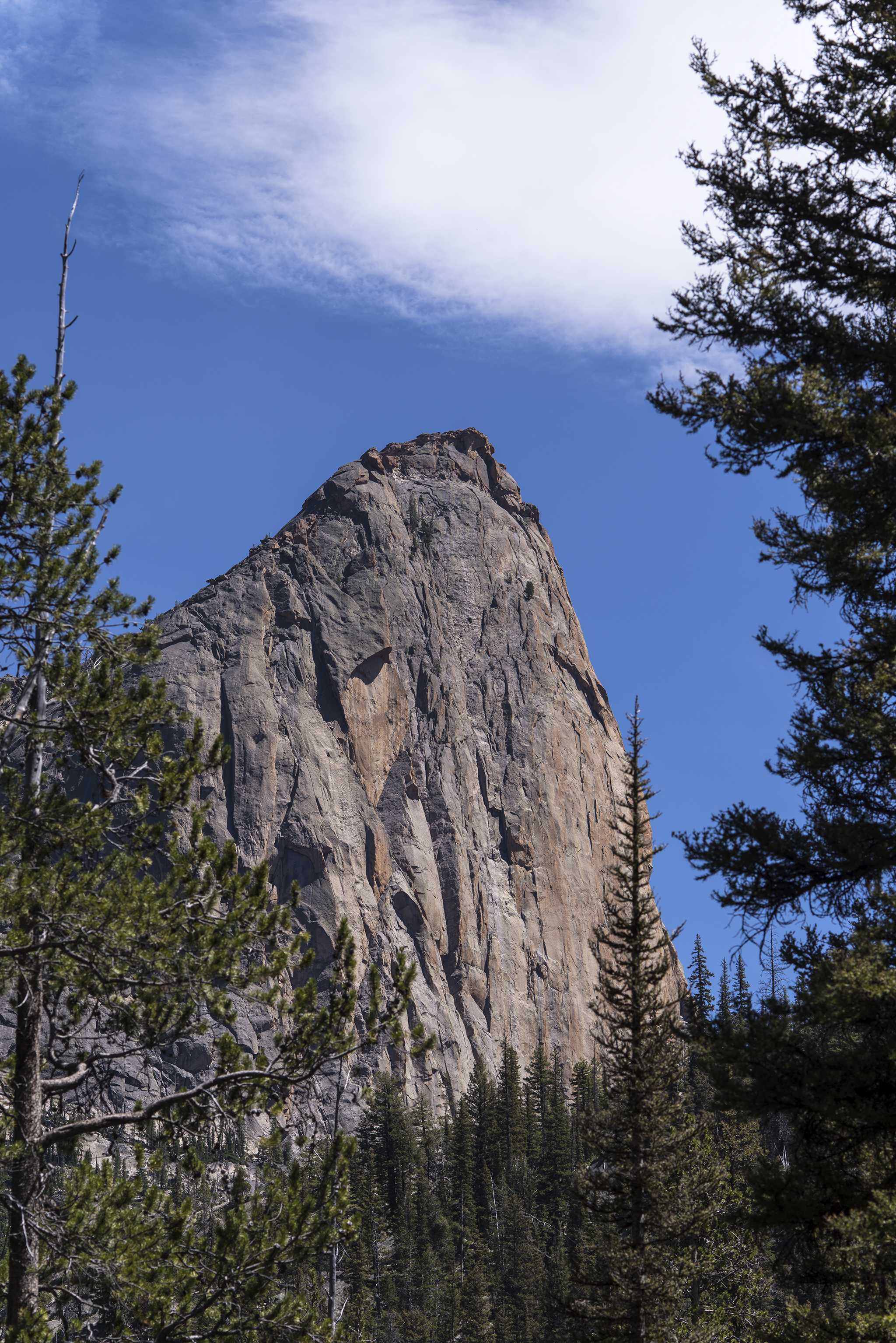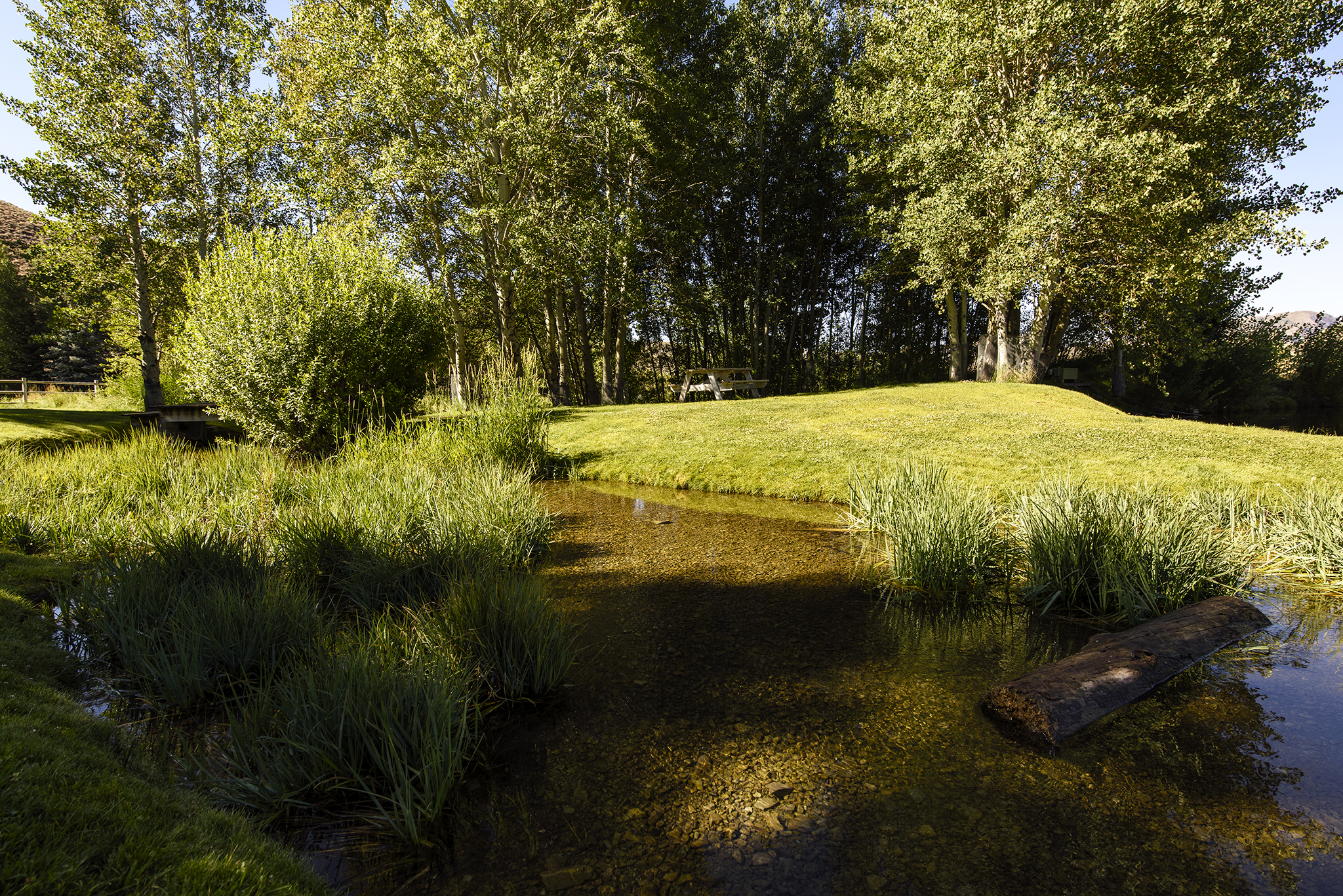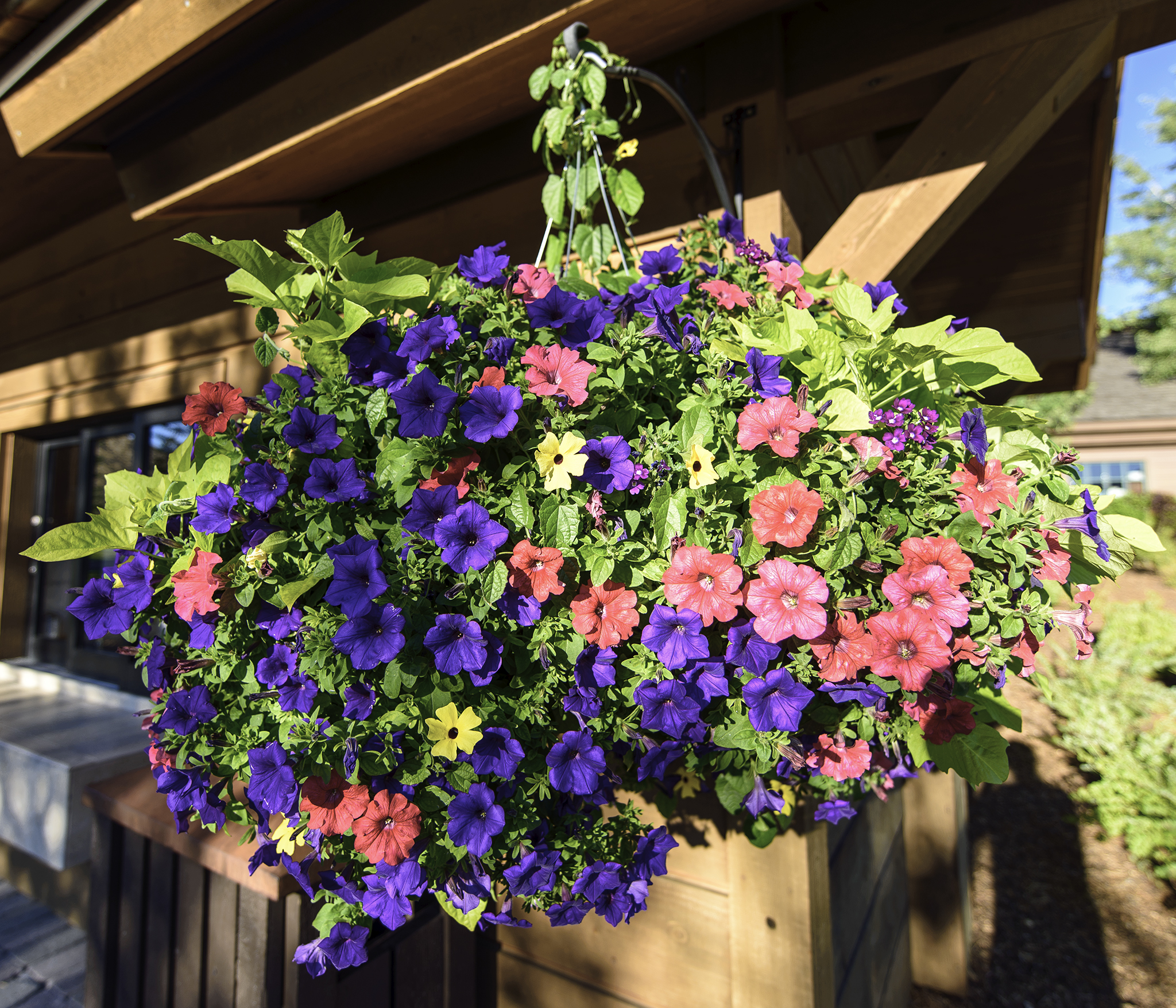At The Start
The release of the D810 camera from Nikon corporation has reaffirmed my belief – invest in the lens. Do not conclude that I think the D810 is not worth every penny of today’s dollar – doing so would be incorrect. The advent of the body containing digital sensors and sophisticated processing engines instead of a film stock means the camera has a increased role in determining the outcome. In short, the impact of a great piece of glass may [technically] be reduced, but not by much. The D810 shines on many fronts and delivers as promised. However, the D810 proves to be a true bargain if you have already took the time to establish and invest in quality lens’ that works best in the settings and conditions in which you shoot. For me many of those lens’ were in production long before this camera body was considered.
I am pleased that Nikon is selling a digital single lens reflex (DSLR) camera body for semi-professionals/professionals for a few thousand dollars with specifications that were nowhere close to being available a few years ago. Yet, what excites me is that I could purchase the camera body without the need to buy a single new lens to enjoy its capabilities to the fullest. Thank you Nikon, professionals providing Sage advise, and commentators on the web such as Ken Rockwell.
For most; the quicker, faster, better sell associated with the D810 is not applicable. However, if your photography demands are of the highest nature (of which only you can truly establish and justify) the D810 could be a great choice.
The Obligatory Backgrounder
I attempt to create images that can be faithfully reproduced on archival grade canvas with pigment inks in sizes up to four (4) feet by 10 feet. Many of these images are landscape in nature and taken in relatively remote locations reached in great part via a long hike and the use of a backpack. The results appear exclusively at The MESH Art Gallery.
Over time I have owned or field-tested camera body and lens offerings from Cambo, Canon, Konica, Leica, Nikon, Mamiya, Phase One, Sigma, Tamron, and Zeiss.
For the past number of years my kit has been as follows:
DSLR 35MM: Nikon D3x camera and Nikkor Lens
4 by 5: Phase One IQ Digital Back, Cambo Wide RS or Phase One 645 camera body, and Schneider or Rodenstock lens.
Thanks in great part to Capture Integration (Steve Hendrix) the 4 by 5 kit, despite its material cost has been nothing short of a winner in my book.
Nikon Equipment Left at Home Forever?
Despite the extra weight, bulk and lack of allowing for nimbleness the performance of medium format (4 by 5) equipment has forced the Nikon kit to stay home more often than not. Can the Nikon D810 change things? I have decided to give this camera body a try and experience the results first-hand.
Initial Impression from the Field
I tried out the Nikon D810 with some of my existing Nikkor lens’s while figuring out the basics. Although the locations are not elaborate, the results are on the post. The camera is very comfortable and natural to hold during shooting. The movements and actions of the D810 are materially quicker and more responsive than the D3x. Surprisingly so!
My hope/goal is to prove/disprove over the next month or so that the Nikon D810 coupled with the Nikkor lens’s can provide a quality DSLR option to the medium format (4 by 5) when nimbleness is desired.




